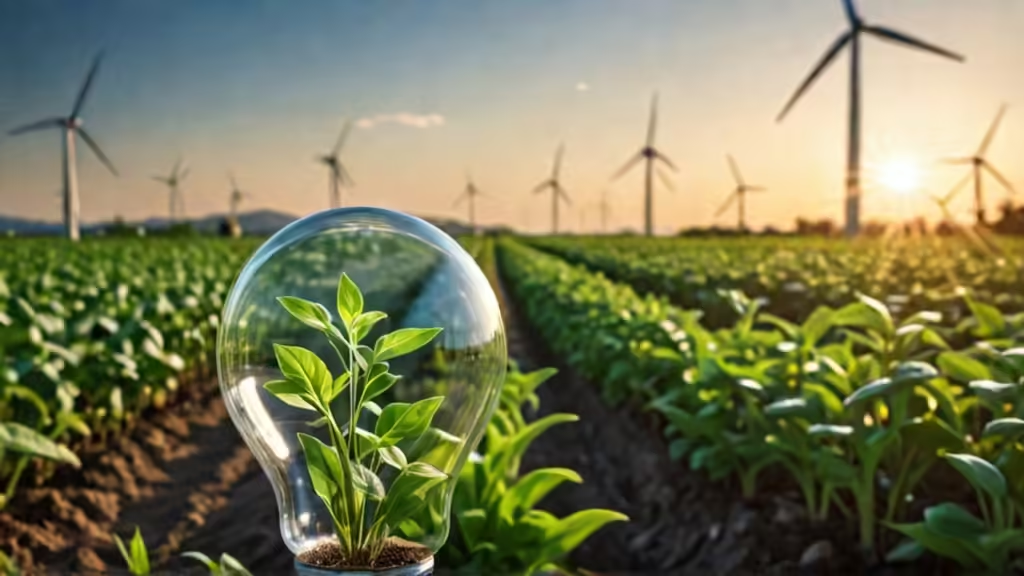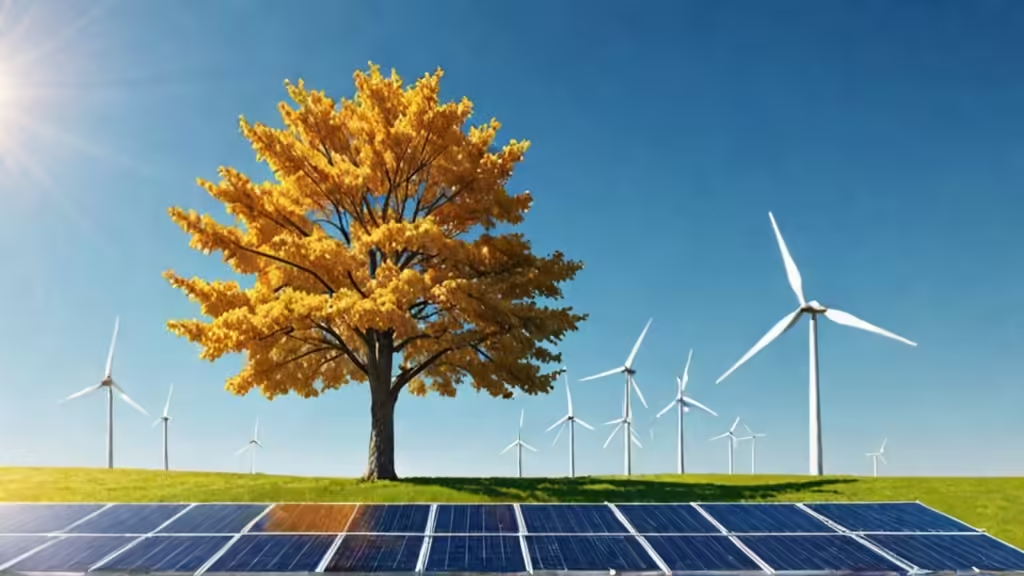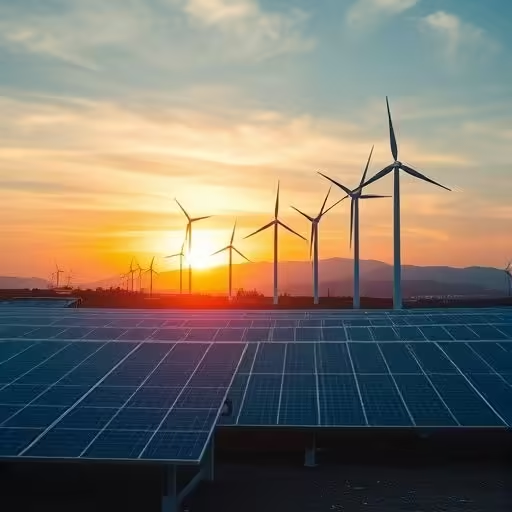Clean Energy Transition and ESG Investing: A Guide
As climate concerns grow, the world is witnessing a significant shift toward sustainable energy sources. Known as the Clean Energy Transition, this movement aims to replace traditional fossil fuels with renewable energy sources such as solar, wind, and hydropower. In addition, Environmental, Social, and Governance (ESG) investing has become popular, as investors increasingly consider sustainability when making financial decisions. The Clean Energy Transition is not just about environmental benefits—it’s reshaping the global economy and the way businesses operate.

What Is the Clean Energy Transition?
The Clean Energy Transition refers to the global shift from coal, oil, and natural gas to renewable energy. This transition is essential to reduce greenhouse gas emissions and combat climate change. Renewable energy sources, like solar and wind, produce little to no emissions, making them environmentally friendly. The push for clean energy is also driven by government policies, such as tax incentives for renewable energy and stricter emissions regulations.
One of the primary goals of the Clean Energy Transition is to create a sustainable energy system. This means developing infrastructure to generate, store, and distribute renewable energy efficiently. For example, new technologies are improving battery storage so that excess energy produced by solar panels can be stored and used when the sun isn’t shining.
Why Is ESG Investing Important?
Environmental, Social, and Governance (ESG) investing focuses on companies that prioritize ethical practices and sustainability. ESG investing is about more than just profits; it considers how companies impact the environment, treat their employees, and conduct business transparently.
The Clean Energy Transition is at the core of ESG investing because it emphasizes sustainability and responsible energy use. Many investors are now seeking companies involved in renewable energy, as they align with ESG values and contribute to a cleaner planet. This has led to a surge in demand for clean energy stocks, which are increasingly seen as not only ethical but also financially sound investments. Companies involved in the Clean Energy Transition are gaining interest because they’re perceived as forward-thinking and well-prepared for future regulatory changes.

Benefits of the Clean Energy Transition
The Clean Energy Transition offers multiple benefits:
Environmental Impact: Switching to renewable energy reduces carbon emissions, which helps combat climate change. Lower pollution levels also contribute to better air quality and public health.
Economic Growth: Clean energy industries, like solar and wind power, create new jobs and stimulate economic growth. The demand for green energy has led to an increase in jobs in renewable energy sectors, from installation to research and development.
Energy Security: Relying on local renewable sources rather than imported fossil fuels improves energy security. For example, a country that invests in wind farms can generate its own electricity, reducing dependence on foreign oil.
Investment Opportunities: The transition presents an opportunity for investors to support sustainable companies. Many financial analysts now consider ESG criteria when evaluating stocks, recognizing that businesses committed to sustainability are likely to succeed in the long run.
Challenges Facing the Clean Energy Transition
While the Clean Energy Transition is promising, it also faces several challenges. One major hurdle is the cost of developing new technology and infrastructure. For instance, building solar farms and wind turbines requires significant initial investment. Additionally, the energy grid needs upgrades to manage the fluctuating supply of renewable energy, as solar and wind are not always available.
There’s also a need for continued innovation in energy storage. Without effective storage solutions, renewable energy can’t always meet demand consistently. However, investments in research and development are leading to breakthroughs, making the Clean Energy Transition more feasible over time.
How to Invest in the Clean Energy Transition
Investing in the Clean Energy Transition aligns with both financial and environmental goals. Here are a few ways to consider this approach:
Clean Energy Funds: Many mutual funds and ETFs now focus on clean energy stocks, allowing investors to support renewable energy companies.
Direct Stock Investments: Investors can buy stocks of companies directly involved in renewable energy, like solar panel manufacturers or electric vehicle companies.
Green Bonds: Some investors opt for green bonds, which fund projects in renewable energy or environmental conservation.
The Future of the Clean Energy Transition
The Clean Energy Transition is set to transform the energy industry and influence the global economy. As technology improves and more companies adopt ESG standards, the shift toward renewable energy will only gain momentum. Governments around the world are increasing support for clean energy projects, making this a prime time for both investors and industries to participate.
In conclusion, the Clean Energy Transition is not just an environmental effort but a crucial step toward a sustainable future. With ESG investing, individuals can play a role in supporting this movement while potentially benefiting financially. Whether you’re interested in investing in clean energy companies, funds, or bonds, supporting the Clean Energy Transition can align both personal and global interests.
Aslo, read the other interesting articles:
U.S. Federal Reserve Expected to Cut Rates by 25 Basis Points in Upcoming Meetings

1 thought on “Clean Energy Transition and ESG Investing”